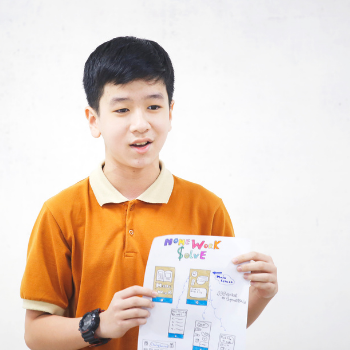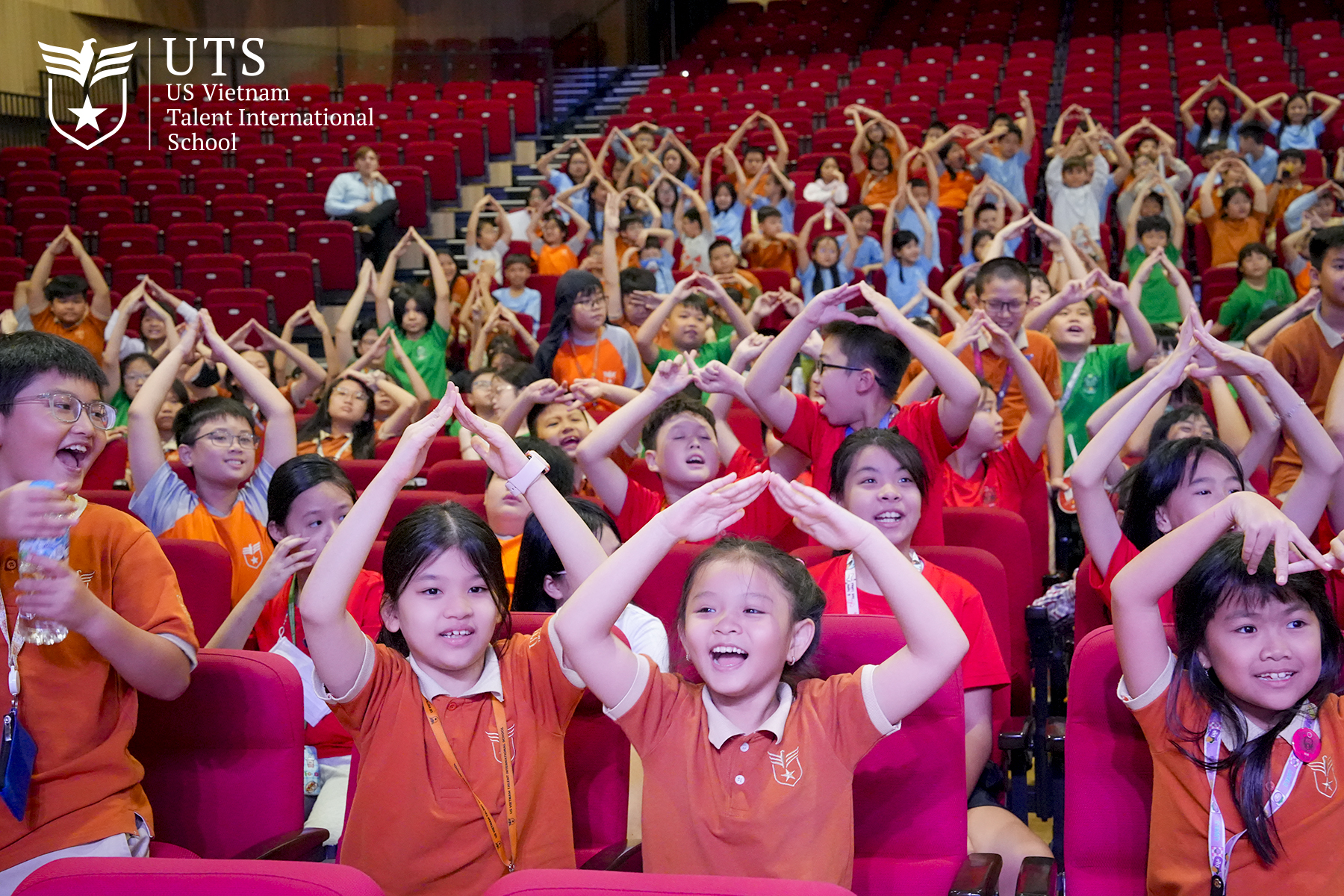The UTS House System
The UTS House System was established with the aim of fostering stronger bonds and collaboration between students from various grade levels. Through inter-House activities and events, students are encouraged to continuously learn, strengthen connections across grades, and embrace diverse cultural experiences.
Rooted in the six core values of UTS, each House empowers its students to naturally embody these values, which they will then share and spread throughout the entire UTS community.
The UTS House System was established with the aim of fostering stronger bonds and collaboration between students from various grade levels. Through inter-House activities and events, students are encouraged to continuously learn, strengthen connections across grades, and embrace diverse cultural experiences.
Rooted in the six core values of UTS, each House empowers its students to naturally embody these values, which they will then share and spread throughout the entire UTS community.

RUBY
Respect
0
UTS students value respect for themselves and others. They are taught to appreciate and understand different cultures, all while preserving their personal and national identity.

SAPPHIRE
Integrity
0
UTS students stand by their word, consistently upholding truth and honesty. They firmly reject dishonesty and misconduct in any form.

EMERALD
Lifelong Learning
0
UTS students are relentless in their pursuit of knowledge. They are constantly exploring their surroundings and applying what they learn to improve real-life experiences.

TOPAZ
Contribution
0
UTS students use their knowledge and skills to make meaningful contributions to themselves, their families, and society at large.

CITRINE
Creativity
0
UTS students are innovators at heart, always thinking outside the box and crafting new ideas to bring to life.

AQUAMARINE
Courage
0
UTS students embody strength and perseverance, meeting challenges head-on and expressing their views confidently, fortified by a solid foundation of knowledge and skills.
Event Highlights
Celebrating the UTS House Champions
At the end of each academic year, the UTS House System will host a special ceremony to crown the House Champion in various categories, celebrating the dedication and extraordinary achievements of students throughout the year.
House Academic Categories

Emerald
SGS - Primary

Aquamarine
VLC - Secondary

Aquamarine
VLC - Primary
House Event Categories

Citrine

Emerald
House Academic Categories

Emerald
Bota - Primary

Emerald
VLC - Secondary

Topaz
VLC - Primary
House Event Categories

Citrine

Ruby
House Academic Categories

Saphire
VLC - Secondary

Aquamarine
VLC - Primary

Emerald
Bota - Primary
House Event Categories






































